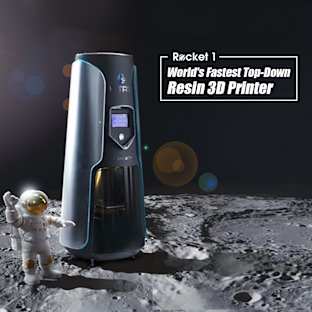How to vote for one of the two research projects:
- Use the perks: select perks designated to each project.
- Other amount: write a comment saying which project to vote for.
- missed the chance while contributing: you can write a comment about your votes at any time.
Consider $10 as one vote. $3 will then be a 0.3 vote. We tally all donated amounts and calculate them as votes.
Who are We?
Genes in Diseases and Symptoms (GIDAS) is a high school club network. The members at Community High School are Adrian S., Amaris S., Anurima K., Christina C., and Marianne C. We are an outreach of miRcore, a research and microgrants organization. As the CHS club, we are focusing on type 1 diabetes.
What is our Goal?
We want to connect scientists and the public and make it so that anybody can initiate research that is important to them. We are dedicated to discovering more about type 1 diabetes to move toward better diagnosis and treatment.
Where Will the Money Go?
100% of all donations will go toward research! We have two projects that may recieve funding! You can vote for one in the perks section or donate without voting. The project with the most votes will recieve all of the funding. The money will pay for research related costs that may include tissue culture media, chemicals, data analysis, and other materials or related expenses. This will vary based on which project is selected.
DKD Project: Toward Non-Invasive Prognosis of Type 1 Diabetic Kidney Disease (DKD)
Description: A study of white blood cell gene expression and DKD progression. The goal is to identify biomarkers that can be used to predict the progression in patients to improve treatment and help future studies.
Method: In order to identify biomarkers to predict the progression of Type 1 Diabetic Kidney Disease (DKD), we profiled the transcriptome (the set of RNA molecules produced) of leukocytes from 33 type 1 diabetic patients at the time of their enrollment in the study. Patients were followed for a minimum of five years and data were collected including information about the progression of DKD. We will identify genes that correlate to various outcomes with a focus on the decline of kidney function. To validate the expression, we will use a quantitative real-time reverse transcriptase polymerase chain reaction (qRT-PCR,) a laboratory method that is used to quantify RNA. Validated genes will be further studied in the future with more patients.
Hypothesis: White blood cells in the bloodstream and kidney tissue have similarly altered gene networks and signaling pathways during DKD caused by type 1 diabetes. Data collected on white blood cells can be used as novel markers to predict the progression of type 1 DKD.
Potential impact in terms of the disease: DKD develops in about 30% of the patients with diabetes mellitus. Testing for albumin, a protein, in urine has been the primary predictor of risk for DKD although this process has poor sensitivity and specificity. We would like to use the novel markers we will identify for the following two purposes:
1 Determine an individual’s risk of disease progression and assign proper monitoring and treatment accordingly. This will ultimately improve the patient’s health, and reduce healthcare costs.
2 Classify patient populations for clinical studies. The markers may also be potential targets for future research and development of new treatments and therapeutics.
Diabetic Reinopathy Project: Molecular Alterations in Endothelial Cells under Hyperglycemic Conditions and Implications for Diabetic Retinopathy
Description: Grow retinal capillary cells in normal glucose and high glucose conditions and compare the gene expressions. This will be used to study the mechanisms of diabetic retinopathy, which lead to blindness.
Method: We propose to investigate retinal capillary endothelial cell line (TR-iBRB) grown under normal glucose conditions and hyperglycemic conditions that mimic physiological glucose concentration in diabetic patients. We will sequence the transcriptomes and compare the two in order to identify glucose-induced molecular changes.
Impact in Terms of Disease: Diabetic retinopathy is a disease caused by hyperglycemia (high blood sugar) and affects people with both type 1 and type 2 diabetes although type 1 diabetics are at a higher risk. Approximately one quarter of diabetics aged 40 years and older has diabetic retinopathy and one-tenth of these patients with diabetic retinopathy are at risk of severe vision loss. Damaged blood vessels in and around the retina lead to functional damage and vision loss. Understanding the hyperglycemia-induced molecular changes underlying function impairment can help identify targets for therapeutic intervention. Genes selected from in vitro studies can be investigated in mice to validate their relevance to the disease and determine their therapeutic potential.
Thank you for watching our video! Whether you donate or not, please tell others about our project! Follow us on twitter @chsgidas for updates on the campaign and interesting facts about type 1 diabetes!
Don’t forget to check out the fundraisers at the other Ann Arbor high schools!
Pioneer for breast cancer: www.indiegogo.com/projects/breast-cancer-resear...
Huron for autism: http://www.indiegogo.com/projects/finding-the-m...







































